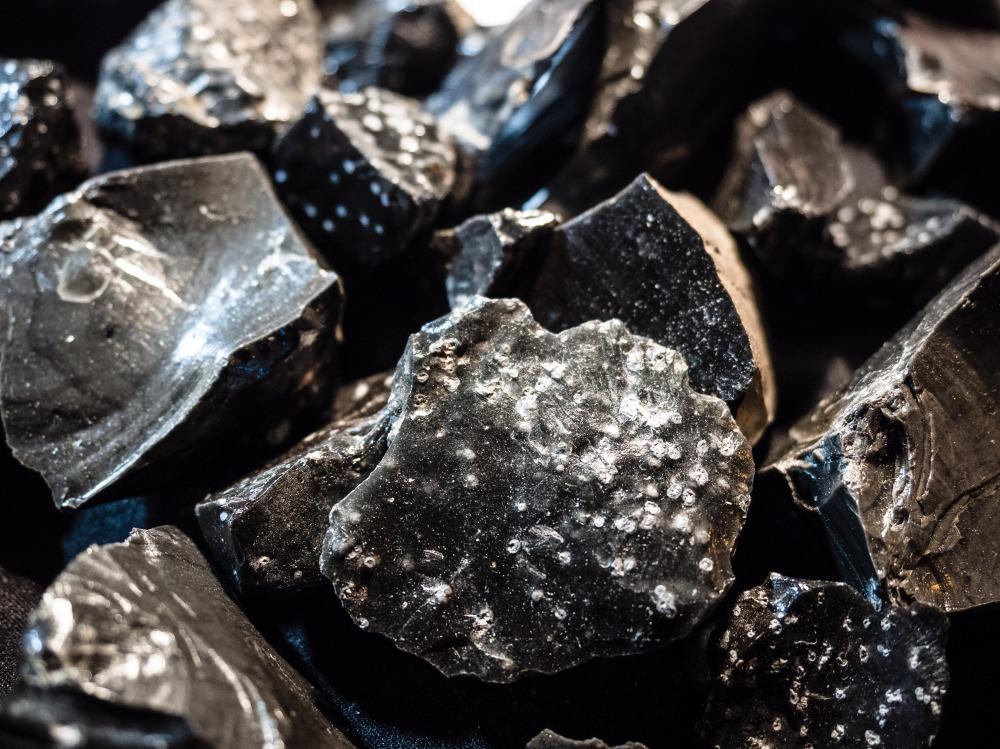A novel study in the journal Science of the Total Environment focuses on strategies and viable methods to recycle used/spent graphite from lithium-ion batteries.

Study: Critical strategies for recycling process of graphite from spent lithium-ion batteries: A review. Image Credit: pointbreak/Shutterstock.com
Lithium-Ion Batteries (LIBs)
According to research, lithium-ion batteries have been commercialized on a vast scale. Lithium-Ion Batteries (LIBs) are made up of two electrode materials in which Li+ ions are reversibly intercalated back and forth, giving electrical power to an external circuit.
Analysis of LIBs
The research states that due to the increased operating energy densities, minimal maintenance expenses and schedule, greater voltage, variety of forms, and acceptable load characteristics, LIBs are particularly useful.
It should be emphasized, however, that LIBs are not as durable as other batteries, and extensive protection is required, which raises the price. One of the major disadvantages of lithium-ion batteries for consumer electronics is that they age. This is dependent on the number of charge-discharge cycles as well as the time or calendar.
Importance of Graphite and Its Recycling
The importance of graphene has been significantly raised in the research. Used graphite must be recovered for environmental and economic purposes. It is also worth noting that spent graphite anodes have the same cycle capacity as virgin graphite anodes. Because of its pure constituent materials and stable carbon structure, wasted graphite has gained a lot of interest as a key building material for anodes.
Recycling graphite from spent LIBs reduces pollution while also offering a sustainable supply of graphite and generating some financial gains. The present spent LIB recovery techniques are mostly focused on the cathode materials.
Limitations of Graphite Recycling
Efficient ultrasonication and filtering extraction techniques for recovering copper and graphite have received a lot of attention because of their productivity, competitive prices, and environmental friendliness. Separation and reuse are the essential steps involved in graphite recycling. The overall manufacturing costs and emission reduction are two of the most significant issues facing wasted graphite recycling.
More on Graphite: Reducing the Fire Risk of Polystyrene Beads with Expanded Graphite
Mechanical crushing and artificial splitting are ineffective in achieving these aims, hence more efficient and environmentally friendly separation procedures are required. The elimination of surface SEI and interior impurities is the major hurdle in recovering wasted graphite. The majority of current recycling systems are pyrometallurgical and hydrometallurgical, which necessitate multiunit operation, high energy consumption, and financial burdens.
Because of the inability to balance the link between pollution and cost, there is no graphite recovery technology in use in the industry.
Re-usage and Importance of Graphite
In the material industry, graphite has a wide range of uses, including refractory, conductive, corrosion-resistant, and high-temperature metallurgical activities. In comparison to fresh graphite, used graphite has high irreversibility when employed as an anode, owing to surface film development and structural degradation.
Furthermore, coating recycled graphite prevents electrolyte degradation, improves graphitization, and reduces the number of flaws, all of which can aid in the restoration of surface damage. For wastewater treatment, adsorbents made from graphite from spent LIBs have grown in popularity.
Because of its high concentration, extensive surface functional groups, and high specific surface area, graphite has been widely used in low-value products such as reducing agents and adsorbents in recent years, lowering costs.
Future Perspective
Essential research is required to study several important areas for future purposes. The failure mechanism of spent graphite and the impurity removal method should be defined, and appropriate criteria for measuring the degree of spent graphite retiring should be created.
Techniques for increasing the capacity of graphite electrodes and reducing graphite degradation should also be a priority. Finally, more investigation into the high-value utilization of wasted graphite is needed. High-value conversion should be carried out using used graphite for energy savings, consumption reduction, and product refinement.
In short, the research has thoroughly summarized the existing work done in the field of re-usage and utilization of spent graphite. Moreover, an expert analysis regarding the reuse of recycled graphite has also been presented.
Notably, commercial restoration of waste graphite is required due to financial and ecological restrictions, but existing methods for recovering graphite are not practicable for large-scale industrial processes due to prohibitively high prices. The future perspective regarding spent graphite would be useful for a sustainable graphite supply in the future.
References
Liu, J., Shi, H., Hu, X., Geng, Y., Yang, L., Shao, P., & Luo, X. (2021). Critical strategies for recycling process of graphite from spent lithium-ion batteries: A review. Science of the Total Environment. https://www.sciencedirect.com/science/article/pii/S0048969721066973
Disclaimer: The views expressed here are those of the author expressed in their private capacity and do not necessarily represent the views of AZoM.com Limited T/A AZoNetwork the owner and operator of this website. This disclaimer forms part of the Terms and conditions of use of this website.